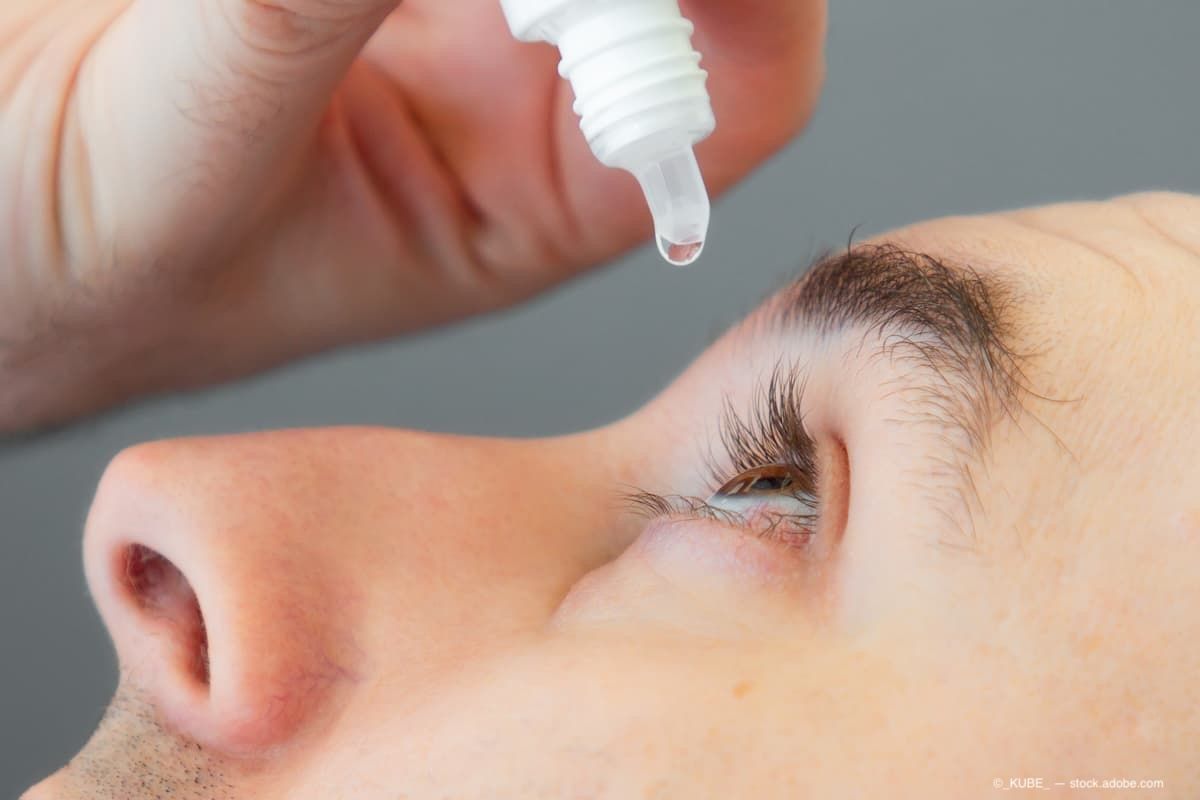Video
Awareness of Dry Eye Flares
Author(s):
Dr Matossian elaborates on how both patients’ and physicians’ awareness of dry eyes flares affects their eyesight and how they move forward with treatment.
Cynthia Matossian, MD, FACS: Some patients have a known diagnosis of dry eye disease and are more aware of their flares, compared to a naïve patient. Let me give a few examples. An established patient has gone through their initial crisis that brought them or drove them right to our offices. Now, with at-home remedies, in-office procedures, pharmaceuticals, and other over-the-counter treatments, their dry eye disease is under control. But like any other chronic inflammatory disease, let’s say arthritis or asthma, there are going to be flares. So I am educating my patients about this. I am letting them know, “Great, you’re doing very well. Your disease is controlled, but you may have multiple flares a year. A flare is an exacerbation of your symptoms, just like what drove you here. You might start to feel your eyes again. They might burn again. Your vision may become blurry again. But the good news is we have a treatment that can be used for up to 14 days, and that can immediately quell that inflammation to provide you with immediate relief.”
Whereas a naïve patient, meaning somebody who does not have a diagnosis of preexisting dry eye disease—they probably have the disease but nobody’s made that diagnosis for them, or maybe they haven’t been to an eye doctor to help get that diagnosis—is not going to understand what’s going on with their eyes. They might think it’s allergies. Maybe they will think, “My contacts don’t fit anymore.” Or, “Maybe I need stronger glasses.” They’re going to use more generic comments or complaints like the ones I just mentioned. But probably the underlying cause is a dry eye flare in a naïve patient who has no idea yet that they have dry eye disease.
A flare is a new concept we are focusing on in ophthalmology and optometry. A flare is a rapid onset of symptoms that are not comfortable for the patient. All of a sudden, they are very aware of their eyes and are looking for quick relief. It’s a dysregulation of their homeostatic tear film. Some sort of trigger has tipped them over to becoming symptomatic. The level of discomfort can vary from a little trigger to a big trigger. I say it can be like the rolling hills of Pennsylvania, or the Himalayas, in regard to symptomology. It is an alteration in somebody who is on no treatment and all of a sudden starts experiencing symptoms, or in somebody who is on mainstay therapy and was doing well but all of a sudden is out of control. It’s a flare associated with inflammation.
Transcript edited for clarity.
Newsletter
Don’t miss out—get Ophthalmology Times updates on the latest clinical advancements and expert interviews, straight to your inbox.




